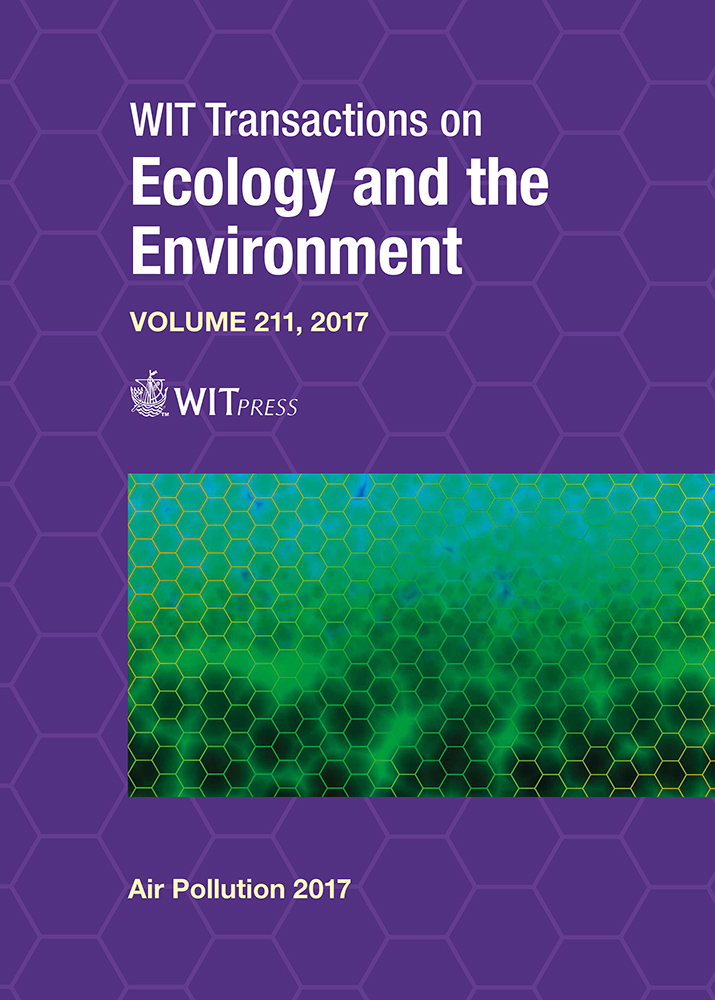ASSESSMENT OF INDOOR AIR IN ESTONIAN STRAW BALE AND REED HOUSES
Price
Free (open access)
Transaction
Volume
211
Pages
4
Page Range
193 - 196
Published
2017
Size
289 kb
Paper DOI
10.2495/AIR170191
Copyright
WIT Press
Author(s)
JANE RAAMETS, SANDER KUTTI, AIME RUUS, MARI IVASK
Abstract
Fungi play an important role in the decomposition process of organic matter. They are able to grow almost in all organic substrates – as well on straw and reed. In Estonia, there is a growing interest in building with green materials due to their low embodied energy and insulation value. The most common understanding is that living in a house built of straw or reed blocks can be also beneficial for human health – people with asthma, allergies and acute environmental sensitivities would suffer less. The aim of this study was to evaluate indoor air in sleeping areas in Estonian straw bale and reed houses. Samples were collected once every season between October 2014 and October 2016, from 8 households (4 straw bale houses, 4 reed houses). Occupants were asked not to air the houses 6 h prior to measurements. For each sample, the corresponding outdoor air was measured as a reference value. In order to determine fungal spore concentrations in the air, Microbio MB2 air samplers were used. Malt extract agar and dichloran glycerol agar plates were used as culture media. The total colony forming units per m3 were determined. The microorganisms were identified from the isolated colonies. The most abundant bacterial and fungal genes isolated from samples were Alternaria, Aspergillus, Cladosporium and Penicillum.
Keywords
straw bale buildings, reed buildings, indoor air, airborne fungi





